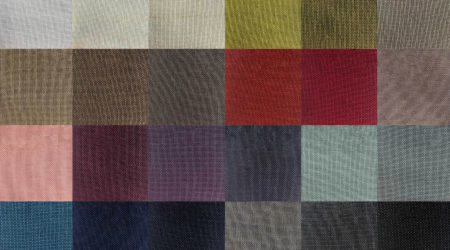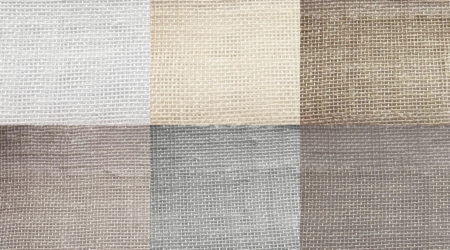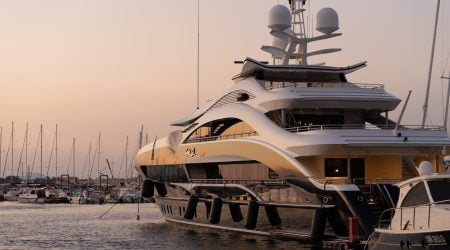New Mirage Voile IFR Range Available
Discover our brand new range of Mirage Voile IFR, made from 100% polyester and Inherently Flame Retardant.
Read MoreSpecialising in the production of theatre and stage drapes for over 30 years
Whether you’re planning on replacing existing stage curtains or fitting a brand new curtain, it can feel like a mammoth task to find out the necessary measurements required, particularly if you are operating in a big venue.
Whether you’re planning on replacing existing stage curtains or fitting a brand new curtain, it can feel like a mammoth task to find out the necessary measurements required, particularly if you are operating in a big venue.
It doesn’t need to be an arduous task though – follow our step-by-step guide to help you easily take the measurements of your curtain. You’ll be able to transform your stage with an impressive new curtain to open and close your show in no time.
If you have an existing curtain in place, your first priority should be to check for a tag. You’re likely to find a tag on one of the lower off-stage corners of your curtains. This should provide details on the width, height, fulless, fabric type, fabric colour, and flame retardancy of your curtains, among other essential information. Having this information right away can save you taking the measurements yourself.
If you don’t have an existing curtain in place or can’t find the tag, you’re going to need to get your tape measure out…
Start by measuring the height of your curtain. Measure from the top of the curtain, right to the bottom of the curtain. Check that your curtain is hanging straight and not crumpled so that you get the most accurate measurements required.
If you don’t have a curtain already in place, measure from the curtain rail or track to the ground – you’ll need to ensure you have a rail fitted before you measure the height of your curtains. Add or remove a few centimetres to the height if you wish to have the curtain pooled on the stage or skimming just above the stage floor.
It’s likely that your stage floor or curtain rail isn’t completely level. With this in mind, we recommend measuring the height of your curtains in a few different places. This way you can ensure you get the best measurements and avoid potential gaps of light peeping through between the curtain and floor.
Next up you’ll want to measure the width of your curtain. Depending on the fullness of your existing curtains, this could prove a bit tricky. It’s important to measure the top webbing of your curtain and each panel individually, since this will give you the true width of the curtain. If you measure the bottom hem of the curtain, you will get the width by fullness, accounting for any pleats; as such, this measurement will be much greater.
If you are looking to fit a brand new curtain without an existing one in place, measure the curtain rail or track to get the width. Alternatively, measure the floor space you want your stage curtain to cover. If you wish to have a bi-parting curtain, you should allow extra fabric so that your curtains overlap in the centre. Also consider how far back into the off-stage area you want your curtains to run to.
Once you’ve taken the width, you can then decide on the fullness you would like for your curtains, which will determine the volume of fabric used and the style of pleating.
And that’s a wrap! Now you’ve taken the measurements for your new stage curtain, we can provide custom-made stage curtains to suit your venue, whether it’s big or small.
At Whaley’s Stages, we’re one of the leading manufacturers of theatre drapes and stage curtains, so you can rest assured that our team of experts will be able to supply the highest quality product. Simply share your requirements and curtain measurements through our contact form and we’ll be happy to help.

Discover our brand new range of Mirage Voile IFR, made from 100% polyester and Inherently Flame Retardant.
Read More
Discover our brand new range of Eco Voile IFR, made from 100% recycled polyester and Inherently Flame Retardant.
Read More
We now have IMO (International Maritime Organisation) Certification for the following qualities…
Read More